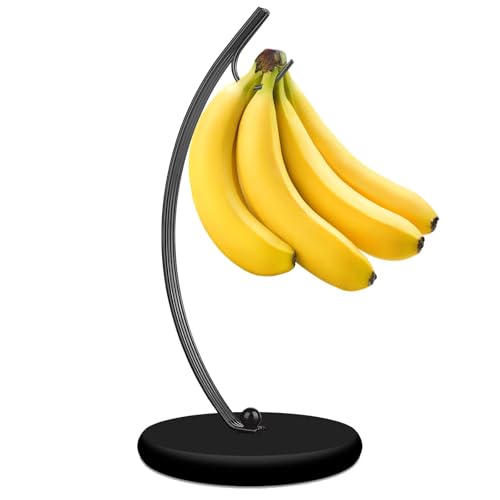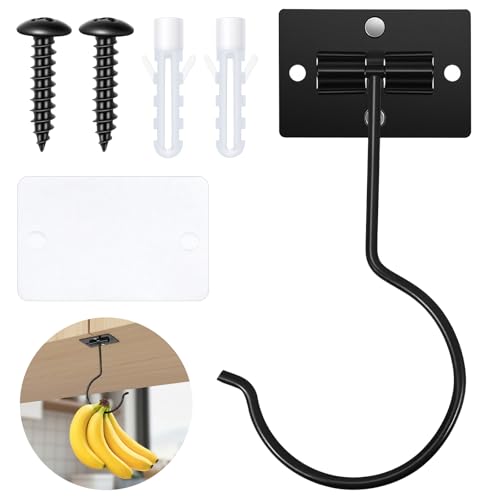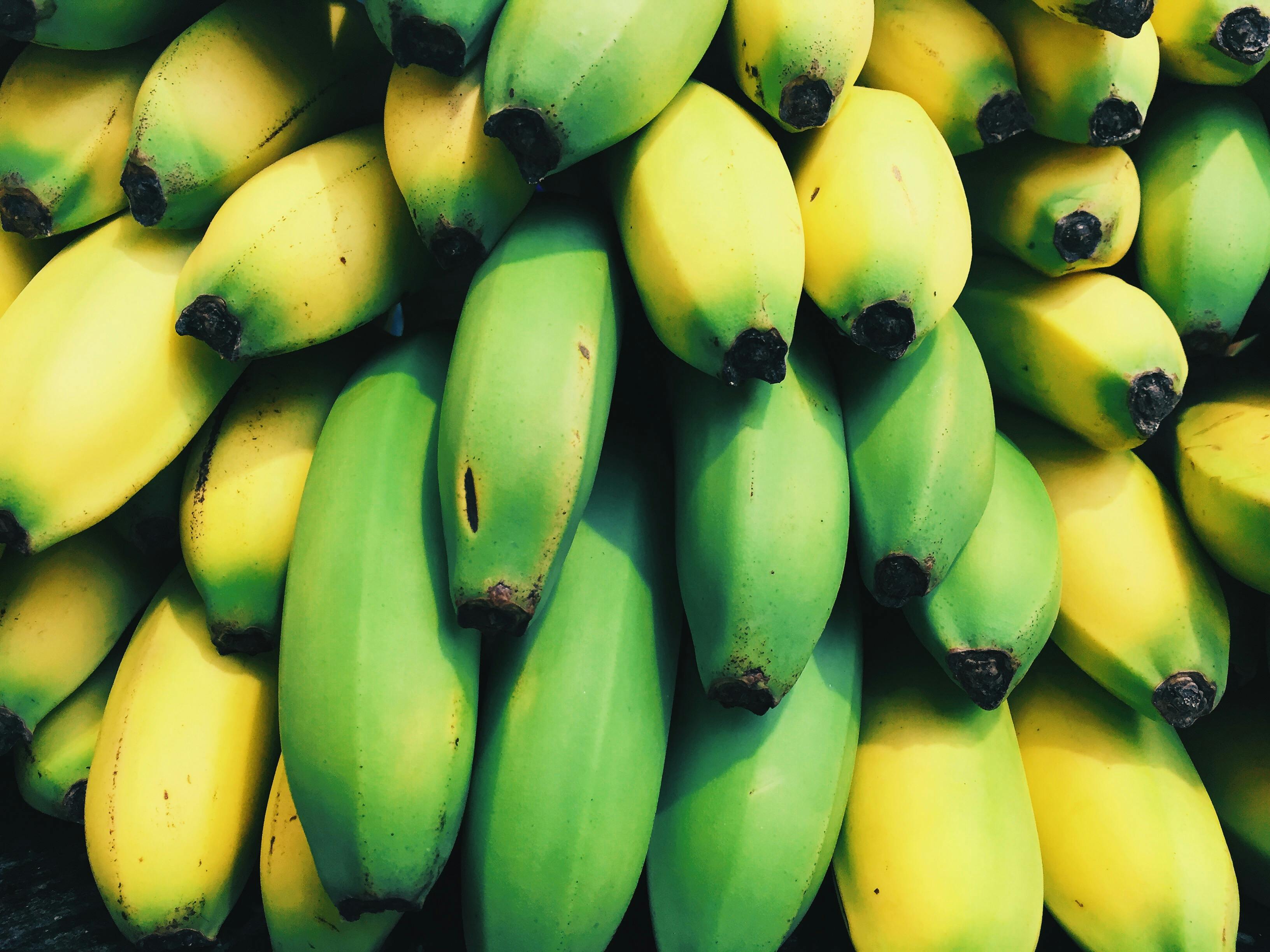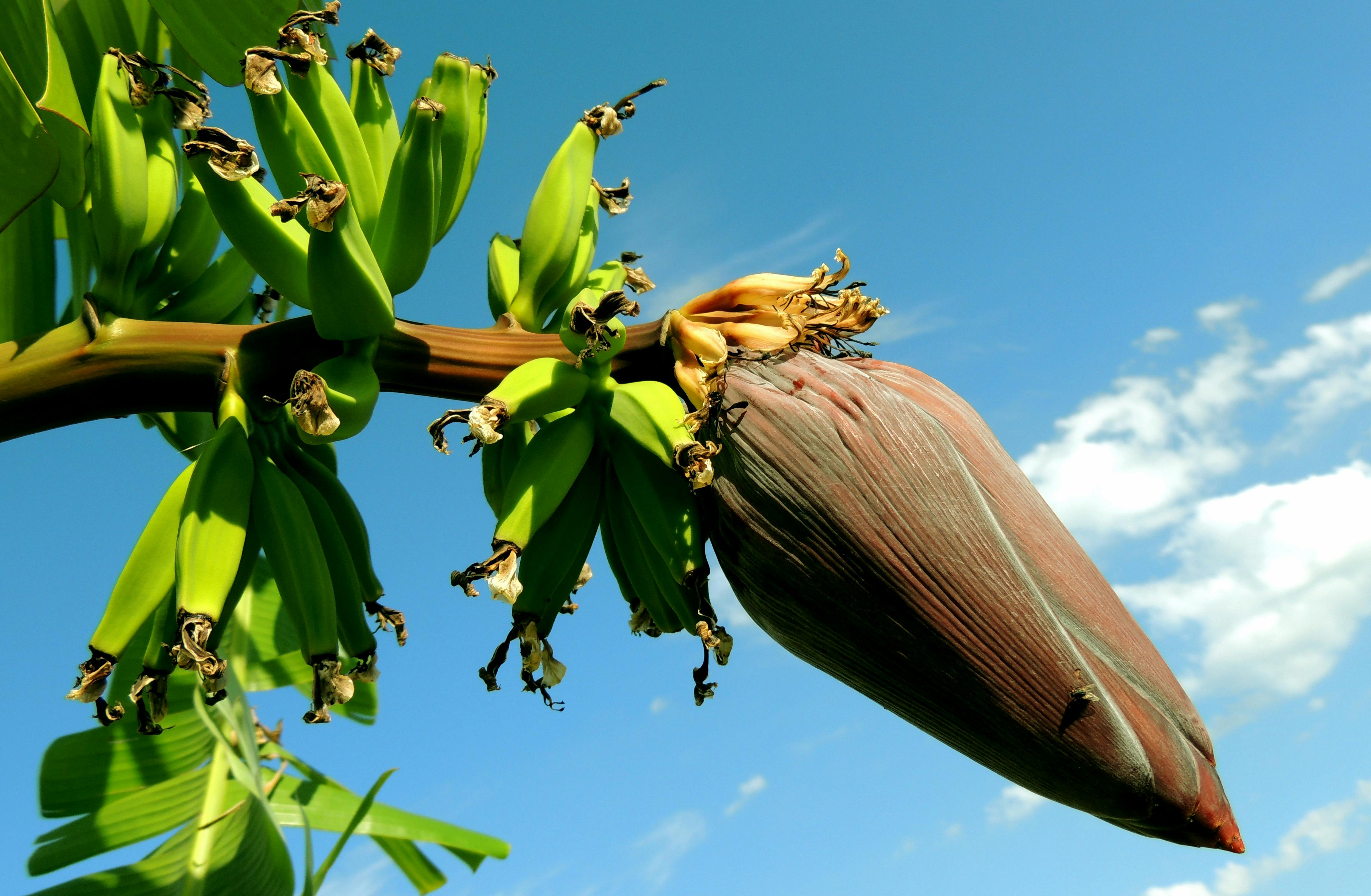Bananas are a beloved fruit worldwide, and for good reason; they are delicious and packed with essential nutrients. But have you ever wondered if blending a banana offers the same nutritional benefits as eating it? In this article, we will explore the nutritional benefits of bananas, how blending affects the fruit’s nutritional value, and the differences in taste between blended and eaten bananas. We will also offer various ways to incorporate bananas into your diet. Whether you’re a banana lover looking to learn more or simply curious about this fruit, continue reading to discover the ins and outs of banana nutrition.
What are the nutritional benefits of eating bananas?
Bananas are a staple fruit enjoyed by many around the world. Whether eaten on their own or blended into smoothies, bananas offer a wide range of nutritional benefits.
One of the most notable benefits of bananas is their high potassium content. This mineral is crucial for maintaining healthy blood pressure levels and supporting heart health. Bananas also contain vitamin C, which helps boost the immune system and promote healthy skin.

In addition to these key nutrients, bananas are also rich in fiber, which can help support digestive health and keep you feeling full for longer periods of time. And contrary to popular belief, blending bananas does not diminish their nutritional value – in fact, it can make them even easier to digest and absorb.
So whether you prefer to eat your bananas whole or blend them into your favorite smoothie recipe, rest assured that this versatile fruit packs a powerful nutritional punch that can benefit your overall health and wellness.
How does blending bananas affect the nutritional value of the fruit?
Bananas are a beloved fruit that have been enjoyed by humans for centuries. However, the way we consume them can impact their nutritional value. Blending bananas into smoothies or purees is a popular method of consumption, but it may alter the nutritional content of the fruit.
When you blend a banana, you break down its fibers and cell walls, releasing some of its nutrients. However, blending also increases the surface area of the fruit and exposes it to oxygen, which can cause oxidation and nutrient loss.
One study found that blended bananas had lower levels of antioxidants compared to whole bananas. Antioxidants are important for protecting our bodies against damage from free radicals and reducing inflammation.
Blending bananas also changes their glycemic index. The glycemic index measures how quickly foods raise blood sugar levels. When you eat a whole banana, its fiber helps slow down digestion and prevent blood sugar spikes. However, blending breaks down the fiber and can lead to a quicker release of glucose into the bloodstream.
On the other hand, blending bananas may make some nutrients more easily absorbed by our bodies due to their increased surface area. It also allows for easier digestion for those with digestive issues or difficulty chewing whole foods.
In conclusion, blending bananas can impact their nutritional value in both positive and negative ways depending on various factors such as method of consumption and individual health needs. It’s important to be mindful of how we consume our fruits in order to get maximum benefits from them.
The difference in taste between blended and eaten bananas is noticeable.
The taste of bananas can differ greatly depending on how they are consumed – blended or eaten. Blended bananas tend to have a smoother and creamier texture, with a slightly sweeter taste due to the breakdown of starches into simple sugars during blending. On the other hand, eating a whole banana provides a firmer texture and slightly less sweetness, with more pronounced notes of tanginess and bitterness.
For those looking for an indulgent treat, blending bananas into smoothies or desserts is the way to go. The resulting creamy texture is perfect for creating rich and decadent dishes that satisfy sweet cravings without adding excess sugar. However, those who prefer a more natural flavor profile may opt for eating whole bananas instead.

It’s worth noting that both blended and eaten bananas offer unique health benefits as well. Eating whole bananas provides fiber that aids in digestion, while blended banana smoothies make it easy to incorporate additional nutrients like leafy greens or protein powder.
Ultimately, whether you prefer your bananas blended or eaten comes down to personal preference and desired usage. Experimenting with different methods of consumption can help you discover new ways to enjoy this versatile fruit while reaping its many benefits.
The various ways to incorporate bananas into your diet.
Bananas are a versatile fruit that can be incorporated into various dishes and consumed in different forms. Whether you prefer to eat them raw or blended, bananas offer numerous health benefits that make them a great addition to your diet.
One popular way of consuming bananas is by blending them into smoothies or shakes. This method not only makes it easier for you to consume more fruit but also allows for the addition of other healthy ingredients such as spinach, almond milk, and protein powder.
On the other hand, eating bananas whole provides a satisfying crunch and the natural sweetness that comes from ripened fruit. Bananas can be eaten as a snack on their own or added to meals such as oatmeal bowls or breakfast pancakes.
For those looking for more creative ways to incorporate bananas into their diet, they can try baking banana bread or muffins using mashed ripe bananas as a substitute for sugar. Additionally, frozen banana slices can be used as an alternative to ice cream when blended with cocoa powder and peanut butter.

« Everything You Need to Know About Banana Bags: How They Keep Your Favorite Fruit Fresh
can banana cause constipation in babies »
In summary, whether blended or eaten whole, incorporating bananas into your diet offers numerous health benefits such as regulating digestion and providing essential vitamins and minerals. By experimenting with different recipes and methods of consumption, you can enjoy this delicious fruit in many different ways while improving your overall wellbeing.
Check out our other articles to find out even more about banana.
With so many nutritional benefits and versatile ways to incorporate them into your diet, bananas are an essential part of any health-conscious eater’s pantry. Whether blending or eating a banana is the better option for you depends on how you want to take advantage of their unique nutrient profile and taste. If you’d like to learn even more about this amazing fruit, then be sure to check out our other articles!
















